Advantages and Disadvantages of SDLCThe process for creating and deploying software systems is called the Software Development Life Cycle (SDLC). The SDLC is divided into six separate phases: planning, analysis, design, implementation, testing, and maintenance. The life cycle of software development will be discussed in this article. The word "life cycle" is one that we are all familiar with and refers to the sequence of actions or phases that give rise to anything. In other terms, a software development life cycle is the sequence of activities that go into creating software. Building effective and high-quality software quickly is the goal of the software development life cycle. Advantages and disadvantages of SDLCUsers will be able to create a product that is incredibly good if the phases and processes of the software development life cycle are adhered to precisely and properly. The documentation created as part of the software development life cycle gives developers a clear concept of what they need to build and what the client's requirements are, while also giving clients a sense of what they are receiving and allowing them to make any necessary changes. This leads to the construction of a product that will unquestionably surpass those of your rivals and encourage your clients to collaborate with you on additional tasks. Here are some advantages of the software development life cycle:
The following list of software development life cycle drawbacks isillustrated:
The team adopting this development process will determine the benefits and cons of software development life cycles. The team will be able to create good software if they are effective and diligent and adhere to the development model's rules and parameters, but if they are not coordinated and do not adhere to the method's guidelines, the final output will not satisfy the clients. Software Development Life Cycle ModelsIn all honesty, there are a lot of different models for the software development life cycle. Several of the most popular models will be covered in this article. Here are the models in question: 1. Waterfall ModelProbably the oldest and most well-known model. This model is built like a waterfall, as the name would imply. This model's flow can be compared to a waterfall, which moves from higher to lower points before arriving at its destination. The other step's input is the output of the first step. Up until the software is developed, this process continues. Its simplicity is what distinguishes this model from others. 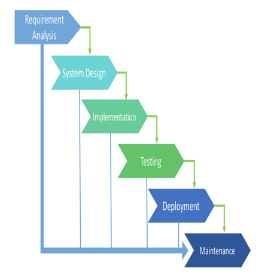
Advantages:
Disadvantages:
2. Iterative ModelThis type of model doesn't require a lot of planning. This concept necessitates a method where the entire project is broken down into smaller components. Iterations are each individual little piece. After breaking the project down into iterations, each iteration goes through all 7 phases of the software development life cycle. The nicest thing about this kind of model is that after one iteration, a tiny portion of the project is finished and may be released to the market. Customers and other stakeholders benefit greatly from this since they may test the product on the market and are involved throughout the entire product development process. 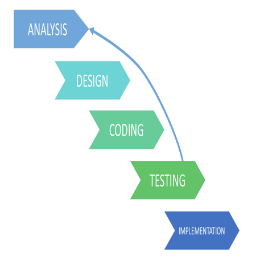
Advantages:
Disadvantages:
3. Spiral ModelThis model deviates greatly from the norm. It is a hybrid model that combines elements of the waterfall approach and the iterative model. The intriguing feature of this model is that it enables us to evaluate the product at each stage, ensuring the creation of a top-notch final result. This model's software development life cycle differs slightly from the cycles for the other models. 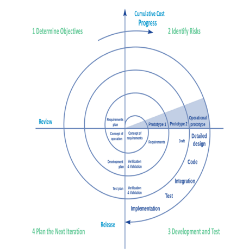
Advantages:
Disadvantages:
4. V-shaped SDLC ModelA variation on the traditional waterfall approach, the V-shaped SDLC model is based on a separate test stage for each development stage. This is an extremely rigid model where the subsequent step is only begun after the preceding one. This model is also referred to as "validation and verification." To ensure that the conversion to the following stage is feasible, each step has a current process control. 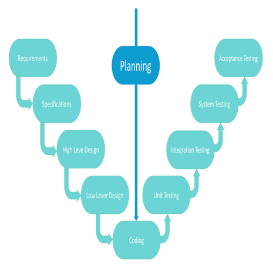
Advantages:
Disadvantages:
5. Agile SDLC ModelThe customer can view the outcome of each development iteration in the agile process and determine whether he is satisfied with it or not. One benefit of the agile software development life cycle paradigm is this. One of its drawbacks is that it is challenging to predict the resources and development costs in the absence of well-specified needs. One application of the agile paradigm in practice is extreme programming. Sprints, which are a component of the Scrum methodology, form the core of this concept. 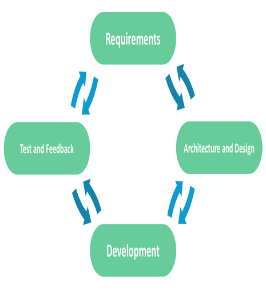
Advantages:
Disadvantages:
|
 For Videos Join Our Youtube Channel: Join Now
For Videos Join Our Youtube Channel: Join Now
Feedback
- Send your Feedback to [email protected]
Help Others, Please Share









